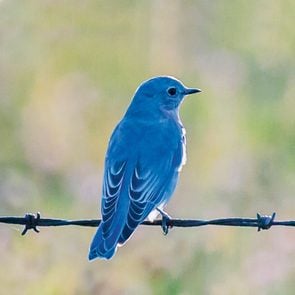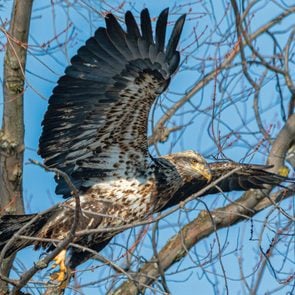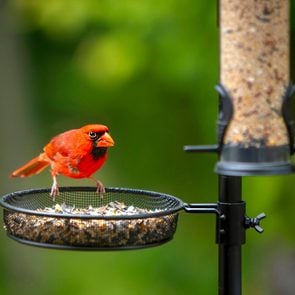Birds of the Okanagan
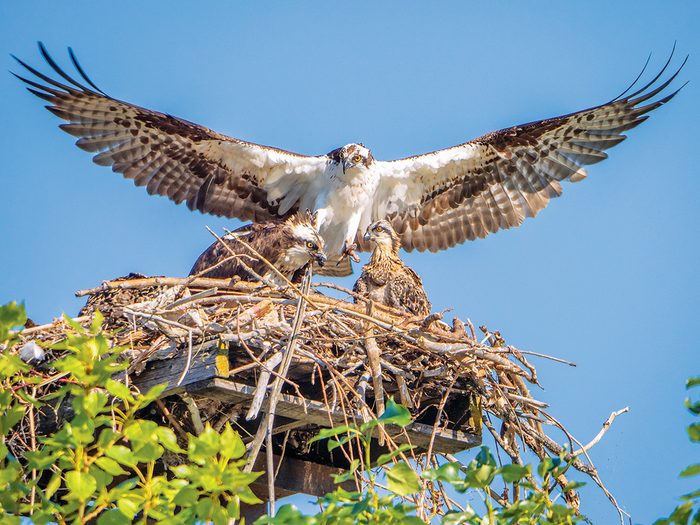
The Okanagan Valley is one of Canada’s best birdwatching destinations.
The Okanagan Valley is known for its beautiful lakes and divers, rich landscapes with mountains, forests, rivers, wetlands and semi-arid desert. These landscapes, along with many protected wildlife preserves and four distinct seasons, make the Okanagan an exceptional place for year-round birding. The Okanagan is home to more than 300 bird species, including around 35 that are endangered or threatened.
There is quite a dynamic birding community in the Okanagan—from teens to seniors and all ages in between. I have had the privilege of meeting many, some of whom have become good friends. More experienced birders are happy to share their wealth of knowledge with others, including me, who are less experienced and still learning.
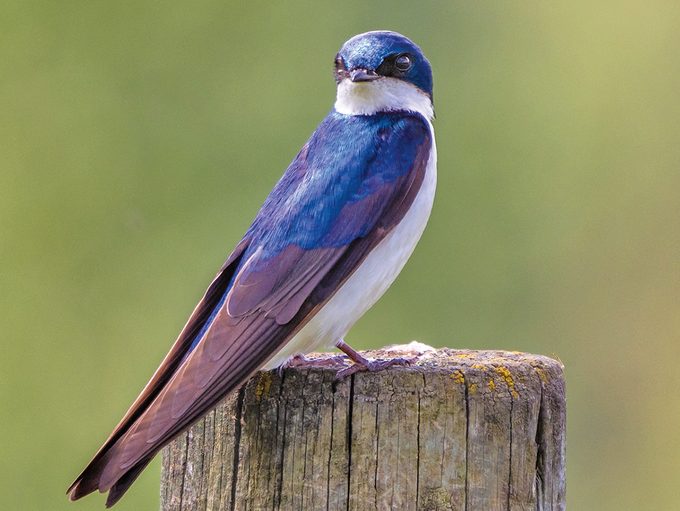
Photographing birds is a year-round activity, but many birders will tell you spring and summer are the best times in this area because there are so many species that come here to breed and raise their young. Although it is fascinating to watch the nesting habits and appearance of baby birds throughout spring and summer, fall and winter can also be quite active as many birds, some rare, migrate through the Okanagan. You can find many highly populated bird areas from Osoyoos in the south Okanagan to Salmon Arm in the north.
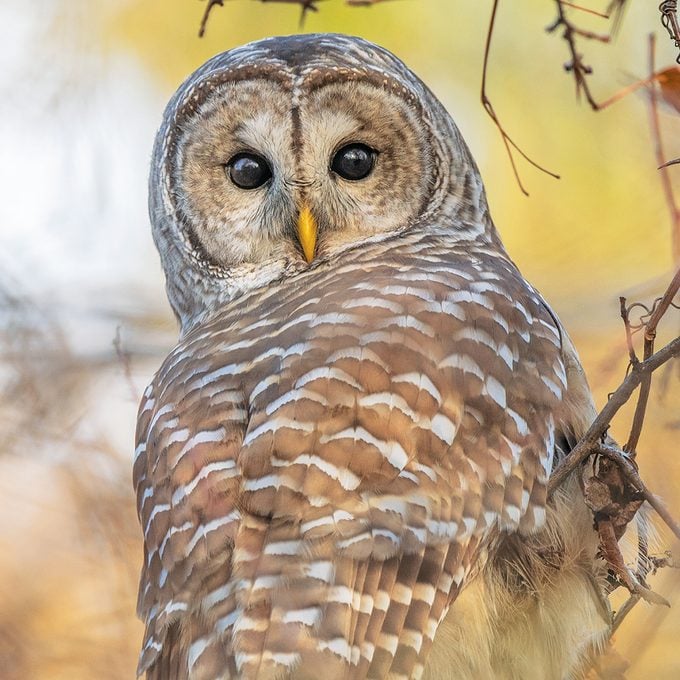
As I gained more experience and skills as a photographer, I discovered that my own backyard had an abundance of birds. I began feeding them during the fall and winter months when their food source was scarce, while photographing the many species that would come to the feeders. Now a rewarding passion, I explore various parks, trails and bird sanctuaries several times a week to view and photograph these beautiful subjects.
Ten years ago if anyone had told me I would be a birder and bird photographer, I would have laughed at the idea. As an outdoor enthusiast, birding fits in well with my lifestyle, and when I leave the house for a walk or an outing, I always carry my camera.
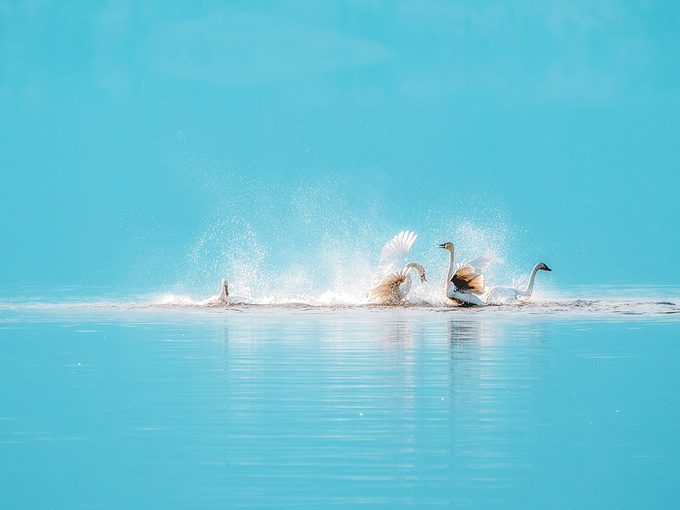
On any given day in the field, I might see tiny hummingbirds, great blue herons and trumpeter swans, as well as eagles, hawks, jays and many songbirds and woodpeckers. Some days though, there may not be much bird activity, but that’s all part of the adventure. I am in awe of the many species of birds that can be found right outside my door.
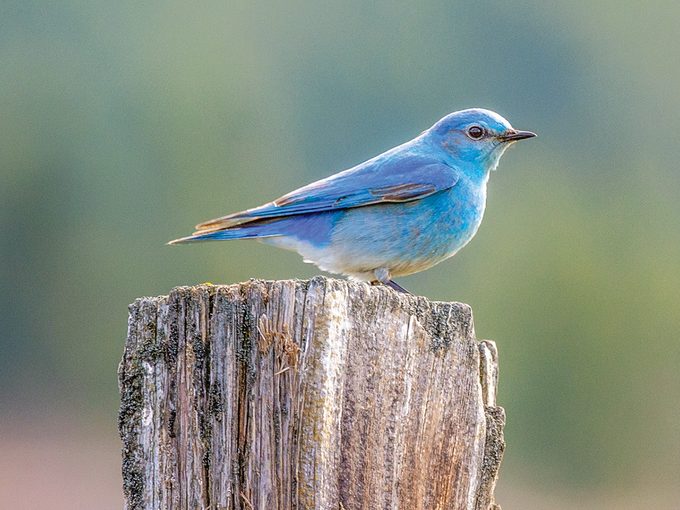
Some of my favourite birds to photograph around the Okanagan are lazuli buntings, bluebirds, owls, and cedar and bohemian waxwings. Before I ventured into birding, I had no idea the number of colourful birds we have in our area. There is the brilliant blue of bluebirds or lazuli buntings, the bright yellow and orange of the western tanager and the very colourful patchwork of the wood duck, just to name a few.
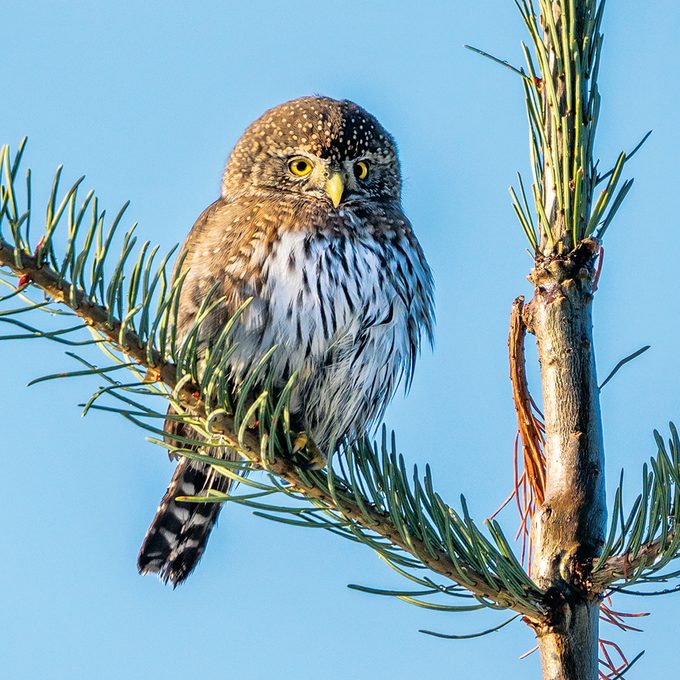
Last fall, I went on a birding adventure with a friend and an expert birder as a guide to try and spot a pygmy owl. The pygmy owl was high on my list of birds to photograph. I was so excited when one flew and perched right where we were patiently waiting. It sat still for several minutes looking for his prey while we quietly observed and photographed it.
Pygmy owls are only five to seven inches in height and one of the few owls that are active during the day as well as at dusk. They are often mobbed by smaller birds such as wrens, warblers, jays and blackbirds to distract and scare them off.
As a birder, it’s so rewarding to be able to come across a rare species that may only be passing through on their migration route. One rarity that stands out for me happened about three years ago when I was told about a long-tailed jaeger that was spotted at a local park in Kelowna. This seabird breeds on the Arctic tundra while spending the rest of the year at sea, so it was highly unusual that one was here by a freshwater lake. When a birder spots and positively identifies a bird for the very first time, we call it a “lifer” and this was one of my first.
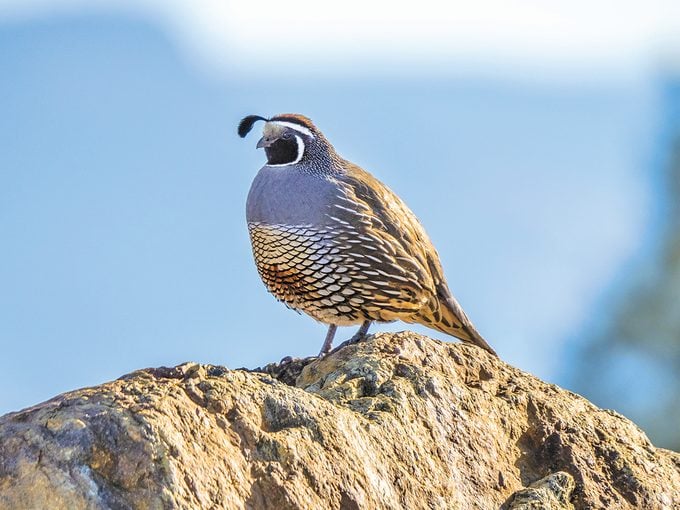
While sipping coffee one November morning, I watched about 30 California quail scratching in the leaves and soil to find seeds dropped by the songbirds from the feeders above. These quail have a comma–shaped topknot of feathers leaning forward from their forehead. They remain here year-round and will often have ten to 16 young. Quail families gather their young together with other families for protection, where they find safety in numbers. A flock of quail is called a covey.
While observing birds in their natural habitat, it is our responsibility to follow ethics and rules, such as keeping our impact on sensitive or protected areas to a minimum. For instance, it’s important when coming across a threatened or endangered species, or an active nest, to keep the location private to avoid stressing or further endangering the birds.
Birding and bird photography makes you more aware of the environment and more appreciative of our beautiful surroundings here in the Okanagan Valley.
If you enjoyed this guide to Okanagan birds, you’ll definitely want to check out this gorgeous gallery devoted to the birds of Canada.
